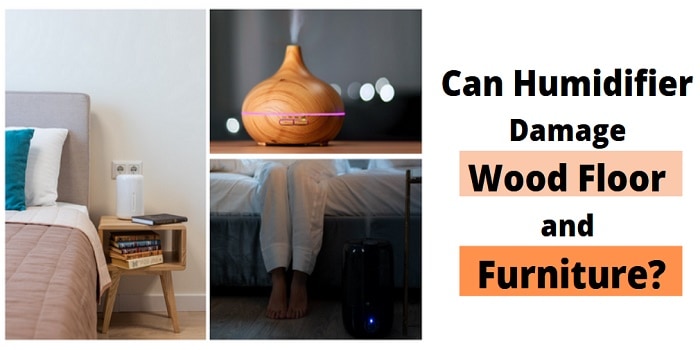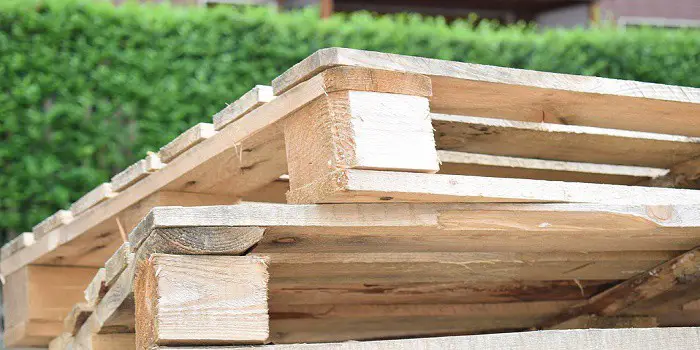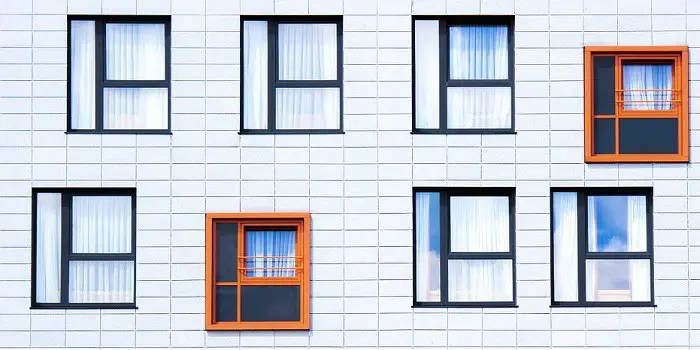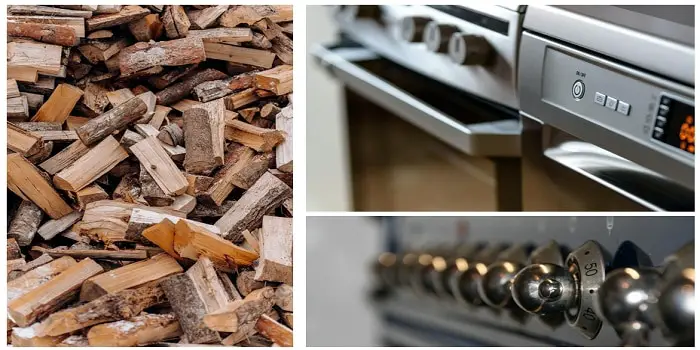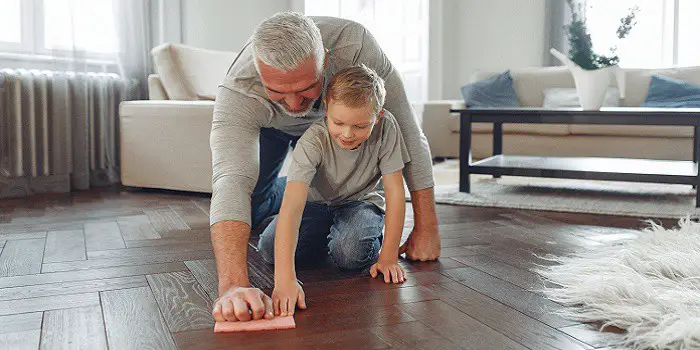
The old saying that the better you prepare, the more likely you are to succeed applies to painting and any activity in life.
This means that the better you can prep for a painting job, which includes getting the right cleaning products, the better the results of your painting effort will be.
Wood surfaces, especially those that get heavy foot traffic (like in your living room, kitchen, and bathroom), are more susceptible to attracting dust and dirt.
These surfaces need proper cleaning, and using suitable cleaning materials is essential for getting rid of heavy build-ups.
Sugar soap is my favorite handy cleaner that always works wonders.
Without any problems, you can use it for cleaning/prepping the wood surfaces like your hardwood floors, laminated floors, outdoor benches, and the list goes on…
Not only these, but you can also use this multi-purpose surface cleaning agent for washing or wiping your walls and concrete surfaces as well.
IMO, the reason why sugar soap works so well is its residue is easy to wipe off.
Unlike household detergent, which often leaves hard-to-remove residues, sugar soap residues can easily be washed away with warm water.
Although these residues are not visible to the eyes, they can adversely affect the primer paint adhesion, just in case you plan to paint over the cleaned surface.
Well, with all that information in mind, if you are new to DIY wood cleaning and particularly using sugar soap, let us get into detail about this product and how you can use it safely on the surface for cleaning.
What is Sugar Soap?
Due to its name, you may think it’s a soap made from sugar.
But that’s not correct.
It’s actually named due to its looks because, when in powdered form, it resembles granulated sugar crystals.
The product is more common in countries such as Britain, Australia, and France; but not very popular in the United States.
The ingredients can vary from brand to brand and will mainly depend on where you purchase the product (like in Australia, the UK, or the US).
What you can use it for?
Sugar soap is basically an alkaline, mild chemical compound detergent that can be used for cleaning and preparing a variety of different types of surfaces before painting, staining, or polishing.
It also acts as a wonderful degreaser to remove grease, grime, black soot, cigarette smoke, oil, adhesive, and stains from walls without leaving any traces of residues that can react with the primer or paint.
The good thing is you can prepare the soap yourself (the recipe here) or use readymade products like Selleys Original Sugar Soap.
And did I mention that they also work great for already painted surfaces to brighten them as new?
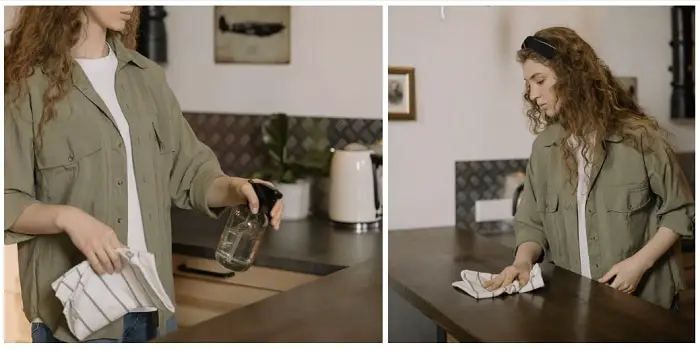
How to Use Sugar Soap for Cleaning?
The product is available both in liquid and powdered form – liquid, being pre-prepared and easy to apply, is often more expensive.
But if you plan to work on a larger area that will require a large amount of sugar soap, it’s good to buy it in powdered form and mix your formula – it will be more cost-effective.
Besides cost, the cleaning results will be the same for liquid and powdered sugar soap.
After you have decided what type to use and are ready with your sugar soap, follow these easy steps for cleaning…
Step 1- Prepare the liquid
Grab the “neat” sugar soap liquid or dilute it in the bucket.
To dilute, you will need to use about 1/4 cup of sugar soap in 5L of warm water.
In case you’re using sugar soap powder, mix and dilute it according to the instructions provided on the package.
After preparing the liquid, fill it in a spray bottle.
Step 2- Spray and scrub the surface
Spray the liquid on the walls or wood surfaces you wish to clean. Then scrub the surface to a lather using a clean old sponge.
Finally, wipe the surface with a dry and clean cloth.
Step 3- Let the surface dry out before applying paint
Although the product needs no rinsing or drying, you will need to give your surface a good rinse (with warm water) if your goal is to apply a coat of paint after the clean-up.
This will make sure that all the residues are removed from the surface, which may otherwise cause small bumps after painting.
After you have rinsed, dry the surface with a clean cloth and allow enough time to dry the wood naturally.
Surfaces cleaned with sugar soap will generally take 3-5 hours to get completely dry before you can paint over them.
Tips and Warnings
If you are working on walls or vertical wooden surfaces, always start from the top and work your way down.
This will avoid dirty streaks or dust traveling down your cleaner sections.
Secondly, when you are using sugar soap for cleaning wood floors, the liquid can soil fairly quickly.
So, it’s good to replace the solution once you see it turning black.
This will avoid the dirt from spreading all over.
Thirdly, before dealing with any chemical substances, you must wear proper protective gear like gloves and goggles to keep yourself safe.
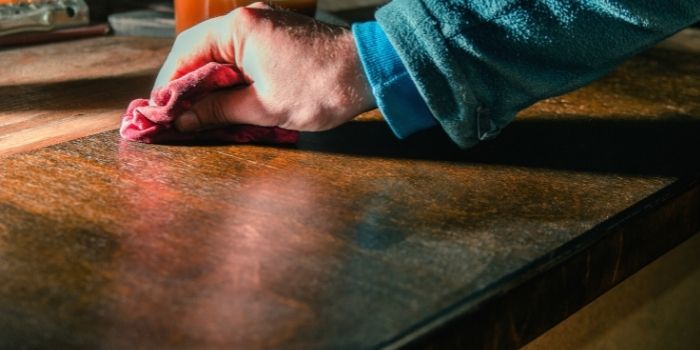
Will Sugar Soap Remove Furniture Wax?
Yes, it works.
I have used a sugar soap solution several times to clean my furniture.
And to my surprise, it not only helped in removing the dirt and grime but also the old wax polish.
You can therefore use sugar soap to remove the wood wax to make it ready for painting, staining, or varnishing.
Just in case the sugar soap does not work, paint strippers, wax polish removers, and solvents (like mineral spirits, acetone, and white vinegar) can help.
Can You Use Sugar Soap to Remove Paint from Wood?
If you want to use sugar soap as a paint remover, I would say you are in bad luck.
Unfortunately, it doesn’t work as an effective oil-based paint stripper.
But if you desire to remove any old peeling emulsion or latex paint off the wood surface, it can work.
Also, the water-based latex, acrylic, and emulsion paints that are poorly applied to the surface can be removed using sugar soap.
With that, keep in mind that sugar soap is an effective multipurpose cleaner but not an effective product for paint removal.
If you are looking for a perfect paint remover to prepare wood surfaces and walls before applying fresh paint, you should better try a specialized paint stripper instead of sugar soap.
Vinegar, washing soda, and baking soda are a few other alternatives that can be used in place of sugar soap if you want to clean walls and other surfaces for paint prep.
Final Thoughts
While sugar soap is an effective natural cleaner used to prepare surfaces before painting, you should not use the product to remove the paint.
Knowing how to use this environmentally friendly formula will also impact your cleaning results, and you should follow the steps carefully.
Hopefully, you can then remove all the dirt, grime, and debris off your wooden surfaces without relying on other toxic chemical-based cleaners.
Share the post "Can You Use Sugar Soap to Prep Wood (Before Painting)"
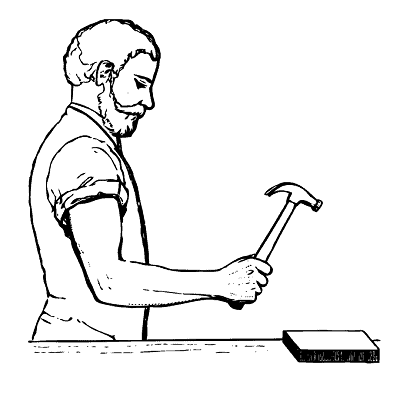
Hi, I am Mark Garner a professional carpenter, woodworker, and DIY painter. I live in the small city of Peoria, Arizona as a semi-retired woodworker. I have started this blog with a simple motive to help you with my wood experience in this sector. If you like to know more about what I love doing and how it all got started, you can check more about me here.

